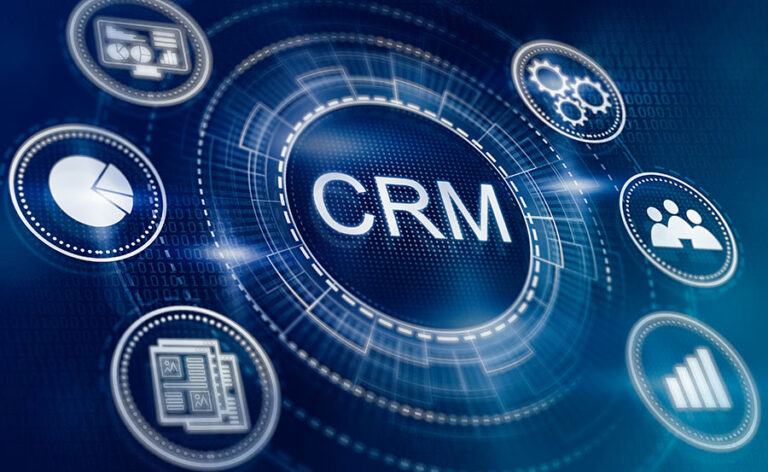
The public sector works persistently to serve and uplift their communities, and modern technology is meant to help make staff roles easier and more efficient. Public sector employees understand that sometimes implementing, advocating, and budgeting for new technology can be difficult among other roles and responsibilities. Governments must work to identify the solutions that best enhance operational efficiencies and streamline processes, and one of those solutions is a government CRM (constituent relationship manager).
Constituent relationship managers (CRM) help the public sector by resolving service requests (pothole repair requests, trash and recycling, graffiti, etc.) made by constituents, reducing the administrative burden, and improving public trust and transparency.
There are four main areas where government CRMs can help the public sector drive improved outcomes:
Let’s begin with one that helps drive efficiencies for organizations:
No one wants to lose their job. Sometimes, employees feel like automation is a straight path to the unemployment line. That statement is not entirely true, automation exists to make jobs easier.
Automation is the best way to improve efficiency and get the job done more effectively. 60% of occupations automate at least 30% of their activities, and the public sector should be no exception. Is your CRM helping your agency meet this benchmark?
Using a CRM in government allows officials to take care of important tasks while the CRM handles things like data organization. All the while, you’re using collected data to help you improve the efficiency of your work.
Now let’s move on to another feature benefit of government CRMs that speeds up processes for organizations:
72% of government contractors claim that procurement is one of their top challenges. The long procurement process makes it difficult to secure and maintain government contracts. These contracts are the best way to ensure income and increase the value and public opinion of the local government. Doing this process manually without support from technology can be tricky.
Moving forward, let’s talk about a crucial component of CRMs for the public sector, improving constituent engagement.
One of the most valuable benefits of using CRM software is constituent engagement and relationship management. Let’s look outside the public sector as an example. Businesses use customer relationship managers (also called CRMs) to manage contacts, maintain relationships, organize follow-up, and move leads through the sales cycle.
It’s similar for the public sector, but with a few differentiators. Instead of managing customers, you are managing constituents in a town, city, county, or municipality. Constituent-centric CRMs make it easy to connect with the members of your community.
If we take a CRM within a 311 system use case, residents are constantly looking for self-service areas where they can report issues and requests. Not only is self-service easier for constituents, but it’s easier for government agencies as well. By eliminating the need for staff to sit and answer 311 calls all day, agencies can use the time given back to prioritize other projects and missions.
With a 311 call center, you typically have a group of individuals who sit and answer requests via phone. Without CRM software to record inbound call information, 311 staff have to chase down different departments to get requests completed. A CRM that automatically routes service requests by department allows better operational efficiencies and service request completion.
What’s, even more, is that the best CRMs for the public sector are configurable to meet the unique needs of an agency. You can change everything from services available to colors and design, so when someone reaches the portal, they know they are connecting with you.
Now that we’ve discussed the first three major benefits of a government CRM, lets discuss the internal benefits of a government CRM for the public sector and recruiting and retaining employees.
CRMs are mainly about organization, but that doesn’t only extend outward, it extends inward as well. There are several ways that a CRM system could benefit an agency internally. For example, government CRMs can be used to track applications and organize them based on different metrics.
Hiring managers for the public sector could then step in and have a simpler onboarding and training process because the CRM is intuitive and organizes the applications based on qualifications.
Many people believe that the key to retaining employees is having open and active communication between people of all levels at an organization. CRMs are a great way to ensure that communication happens regularly. There are many different engagement resources for employees to access whenever they have issues. They can quickly reach the desk of a manager, and that communication is two-way. The manager can contact their employees, so no one misses essential information.
IS A GOVERNMENT CRM ACCESSIBLE?
It’s clear that CRMs have a lot to offer to local government and the public sector, but CRM tools are often associated with prohibitive costs. The good news is that even the best CRMs for the public don’t have to be exorbitant. On top of that, these systems generate measurable ROI that can add flexibility for tight budgets.
Connect with Granicus’ government services experts to begin calculating the potential benefits of a CRM for your city and learn about efficient, cost-effective solutions.